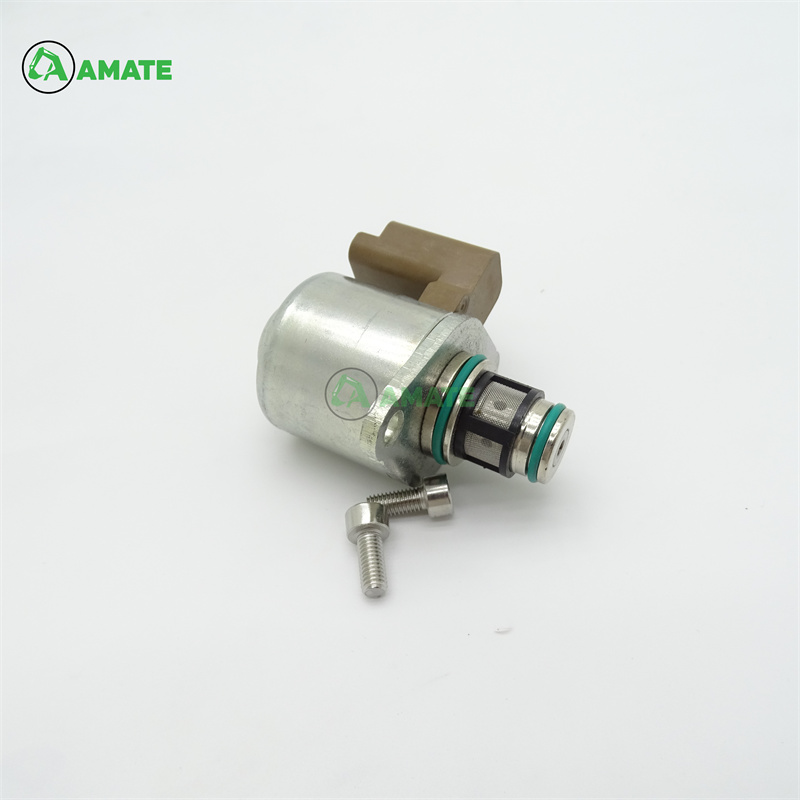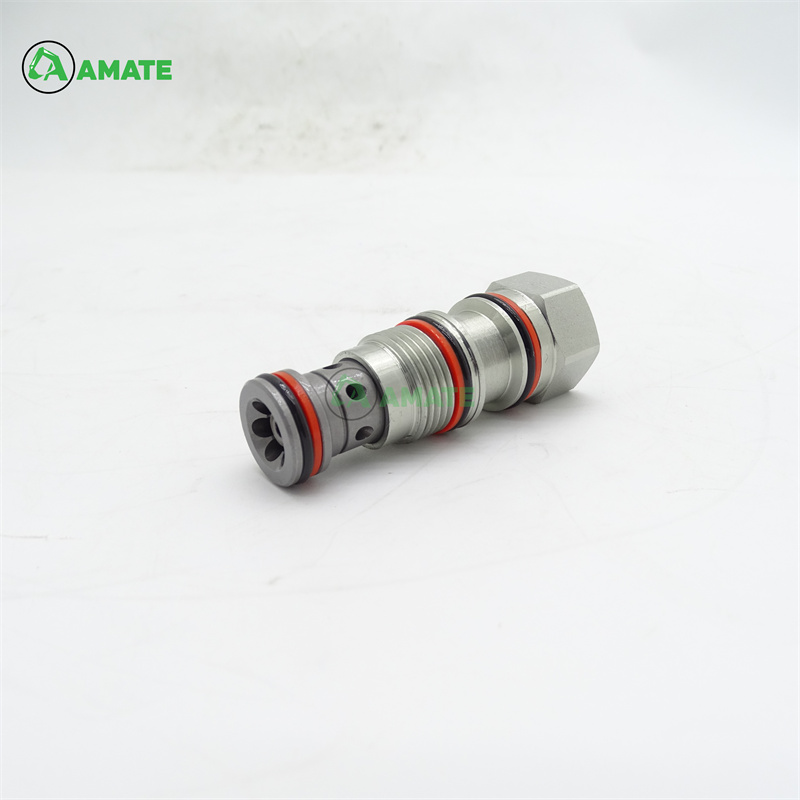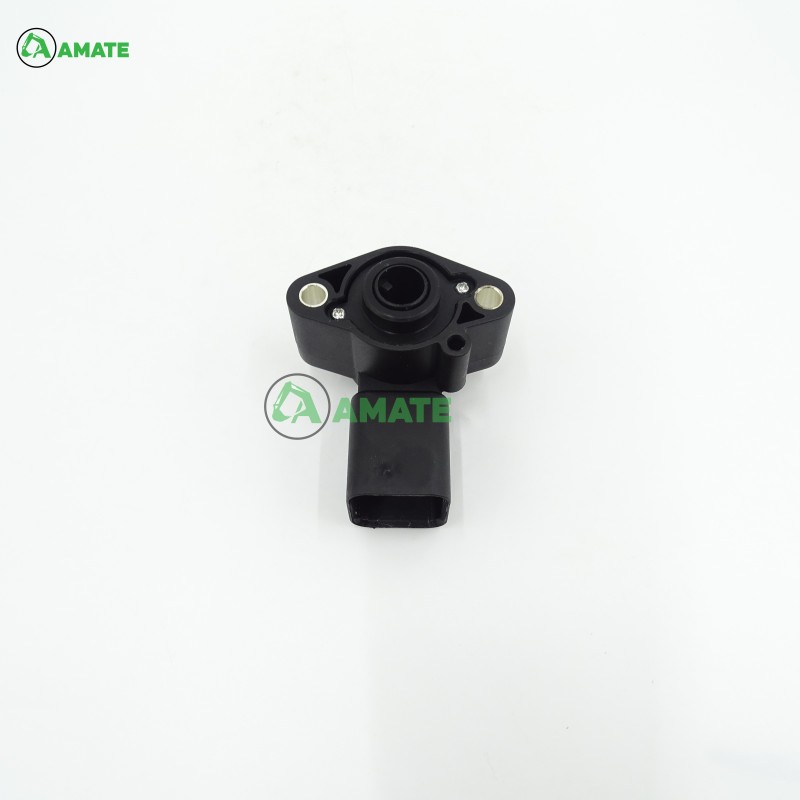How to judge whether a solenoid valve is good or bad? What are the criteria for judging whether a solenoid valve is good or bad?
Solenoid valve 121-4036 plays a key role in many systems of the car, such as engine control system, automatic transmission system, etc. It is essential to accurately judge the quality of the solenoid valve to ensure the normal operation of the car. Here are some methods and basis for judging the quality of the solenoid valve.
First, you can perform an appearance inspection. Carefully check whether the surface of the solenoid valve has obvious damage, such as cracks, deformation, etc. At the same time, check whether the connection line of the solenoid valve is damaged, loose or aged. If there is a problem with the line, it may affect the normal operation of the solenoid valve. In addition, check whether the plug of the solenoid valve is plugged in tightly and whether there is rust or corrosion. Because these problems may cause the solenoid valve to be unable to be powered on normally, thereby affecting its performance.
Resistance measurement is also a common method. Use a multimeter to measure the resistance value of the solenoid valve. Before measuring, make sure that the car is in a power-off state to ensure the safety of the measurement. The normal resistance value of different types of solenoid valves will be different, which can be determined by referring to the maintenance manual of the car. If the measured resistance value is significantly different from the standard value in the manual, it means that there may be a problem with the solenoid valve. Generally speaking, a resistance value that is too large may indicate that there is a short circuit inside the solenoid valve, while a resistance value that is too small may indicate a short circuit.
It can also be judged by a power-on test. Connect the solenoid valve to a suitable power supply and observe its operation. When powered on, the solenoid valve should be able to pull in normally and a clear pull-in sound can be heard. If there is no pull-in action after power is turned on, or the pull-in sound is abnormal, it may be that the solenoid valve is faulty. In addition, when the power is off, the solenoid valve should be able to release quickly. If the release is slow or cannot be released, it also indicates that there is a problem with the solenoid valve.
Working performance testing is also very important. During the operation of the car, the performance of the solenoid valve can be judged by observing the working status of the relevant system. For example, in an automatic transmission system, if the solenoid valve does not work properly, it may cause problems such as gear shifting frustration and inability to shift gears. In the engine control system, a 121-4036 solenoid valve failure may cause engine shaking, power loss, and other phenomena.









